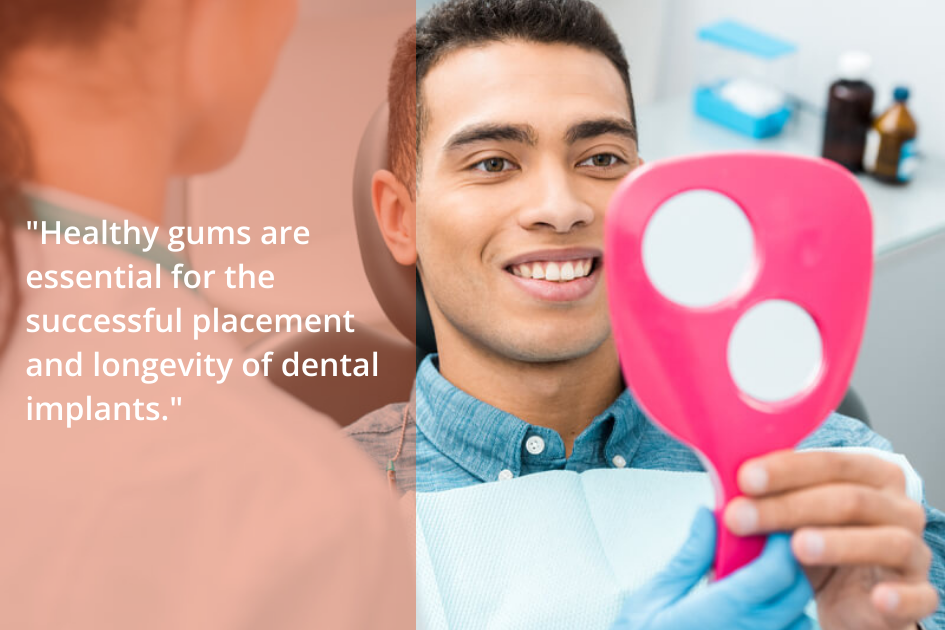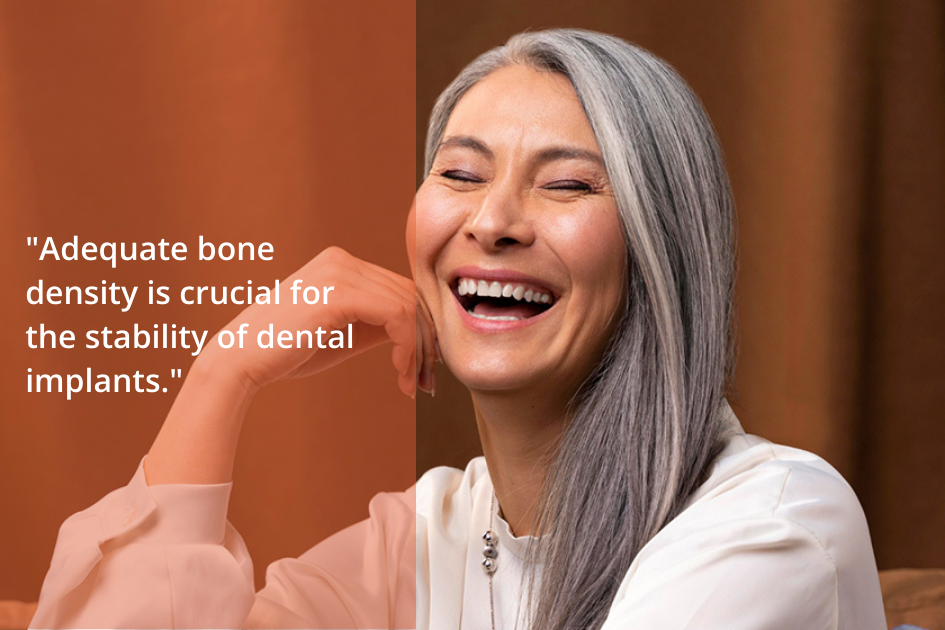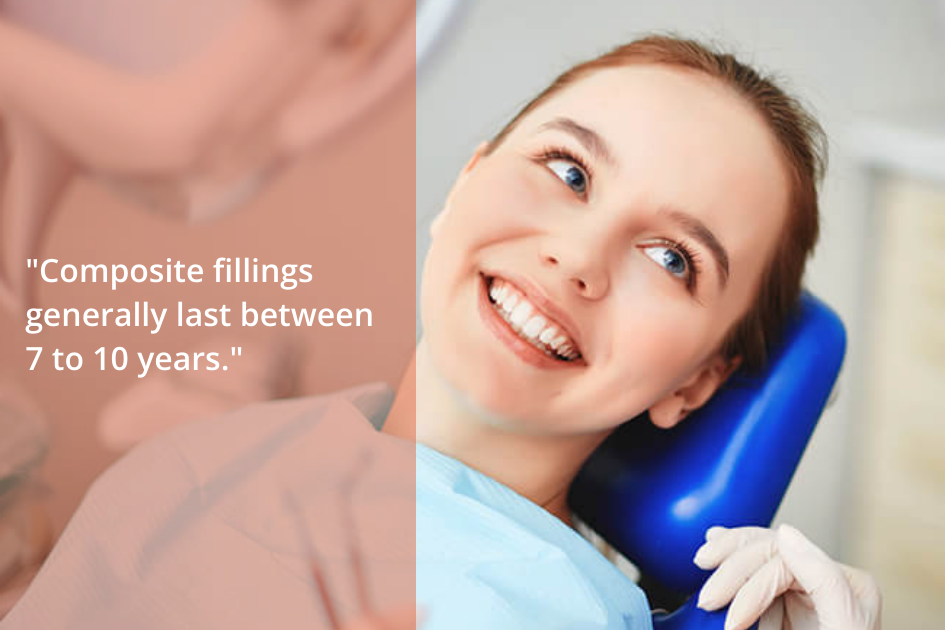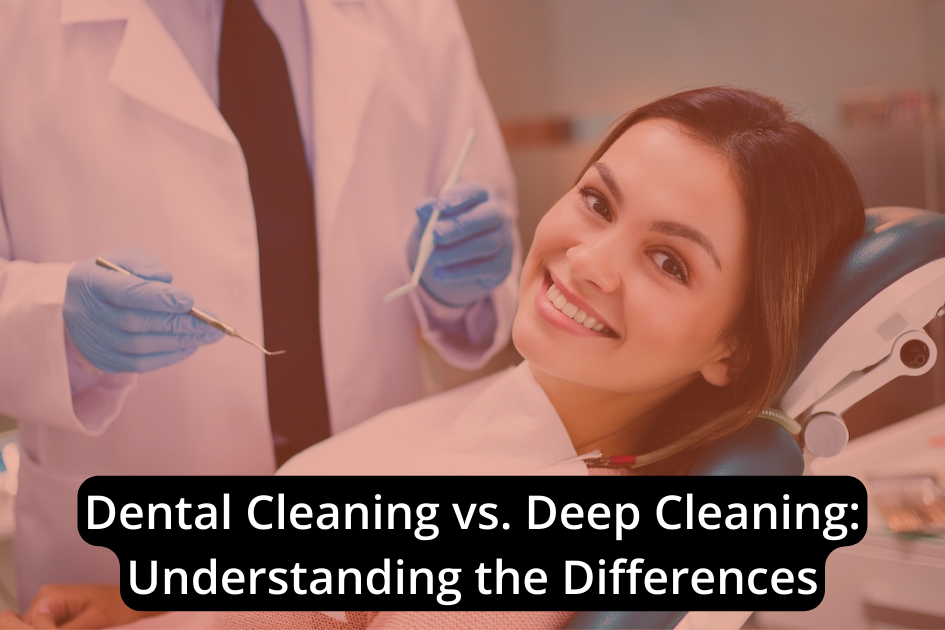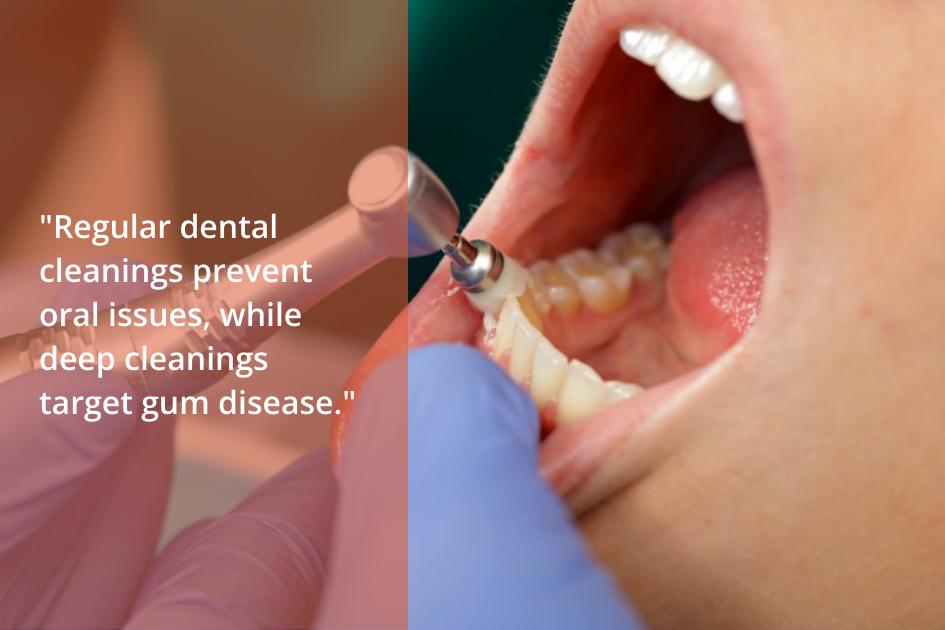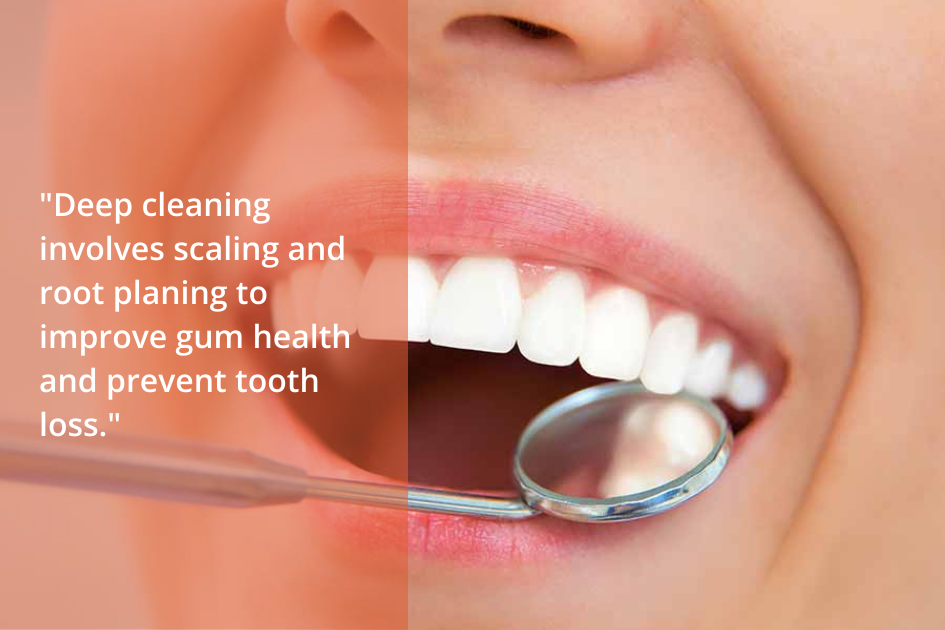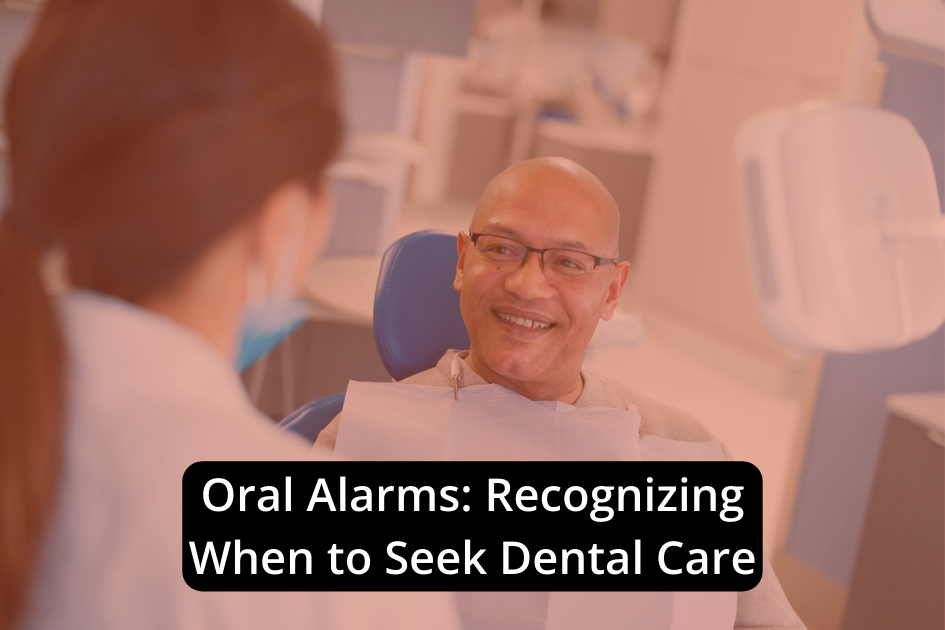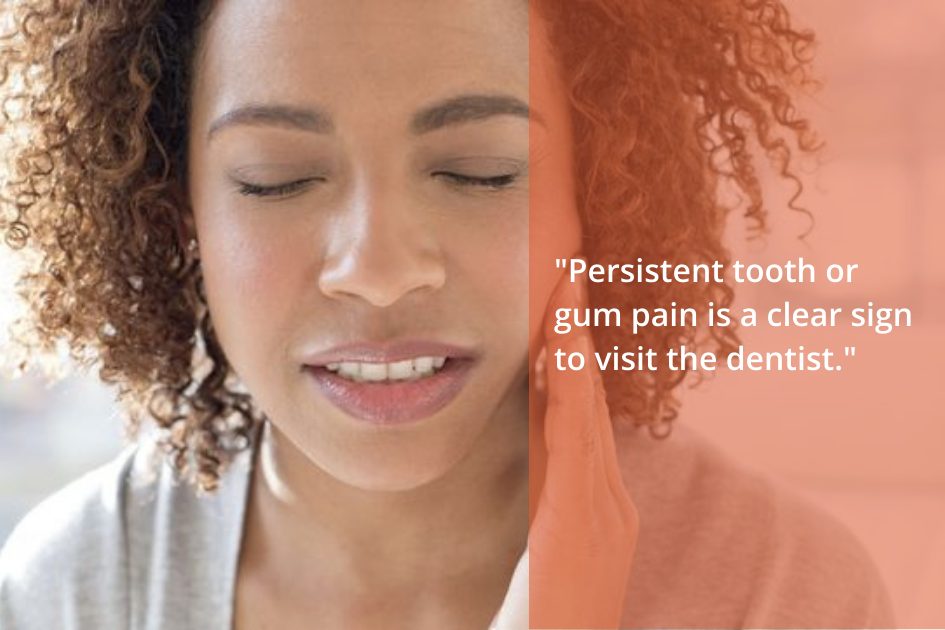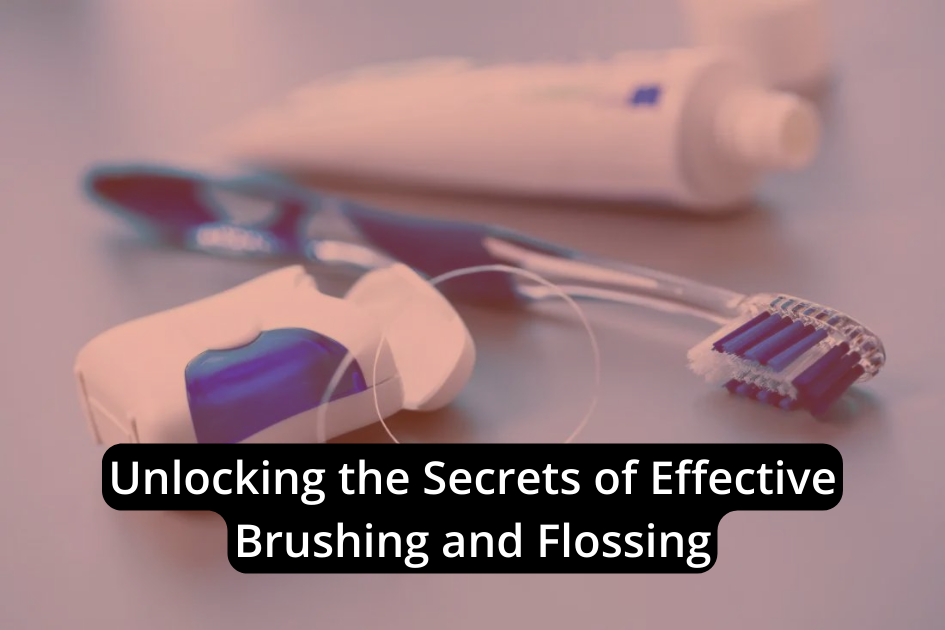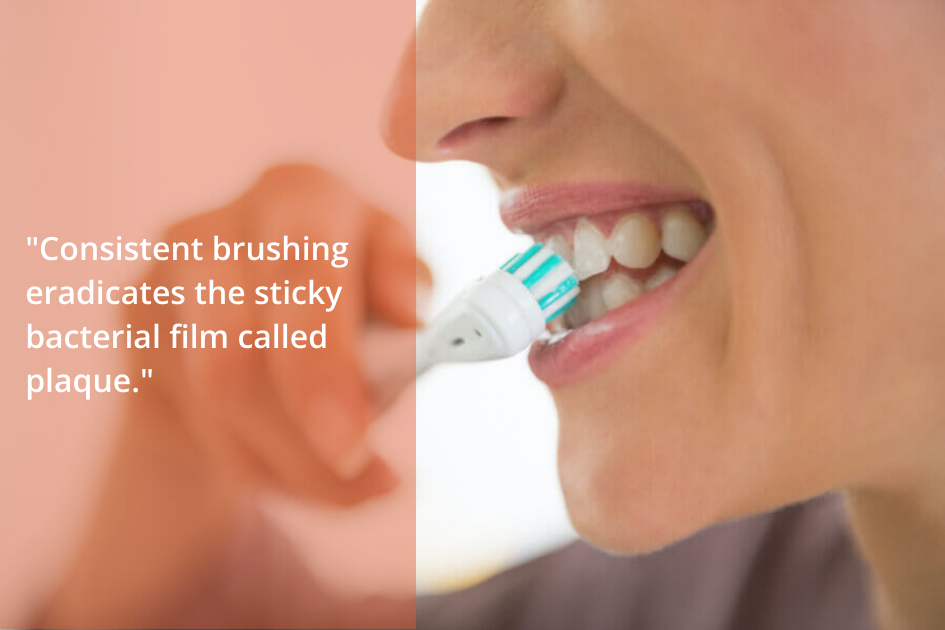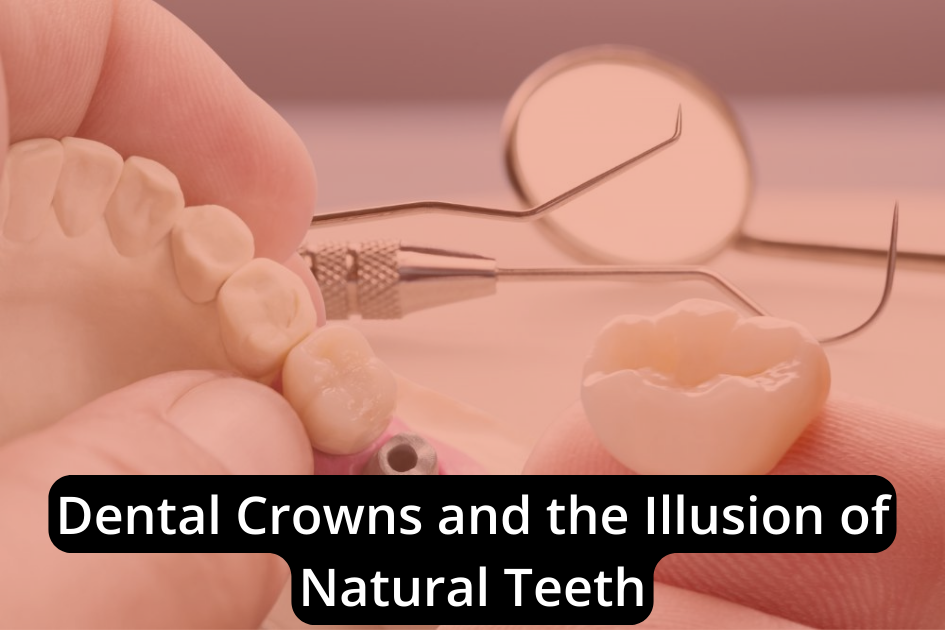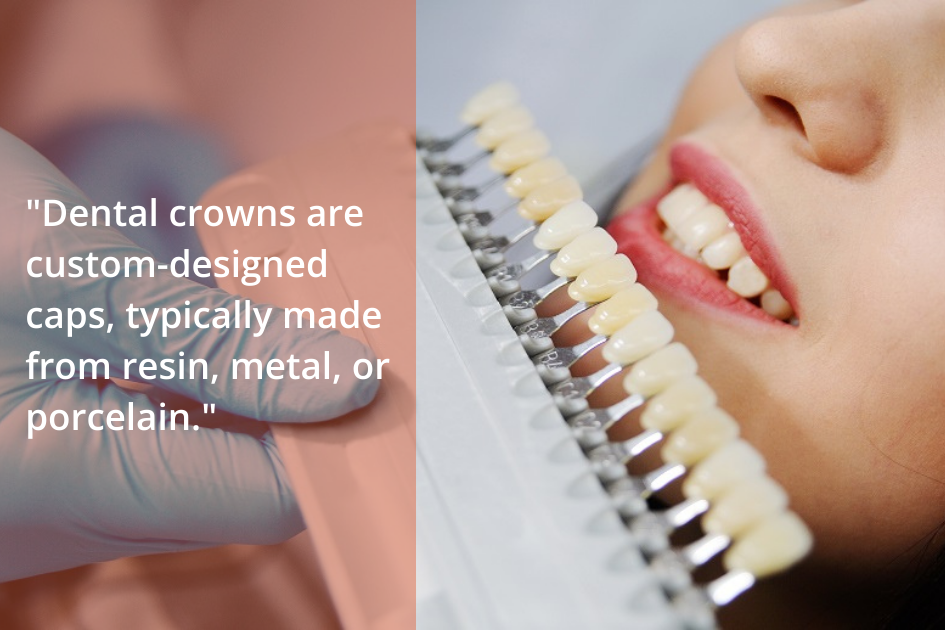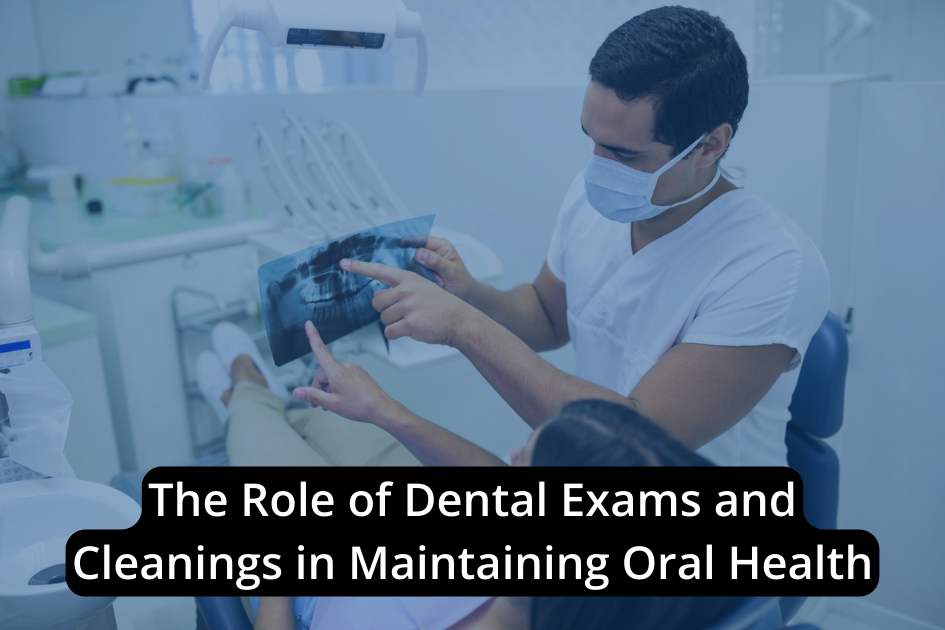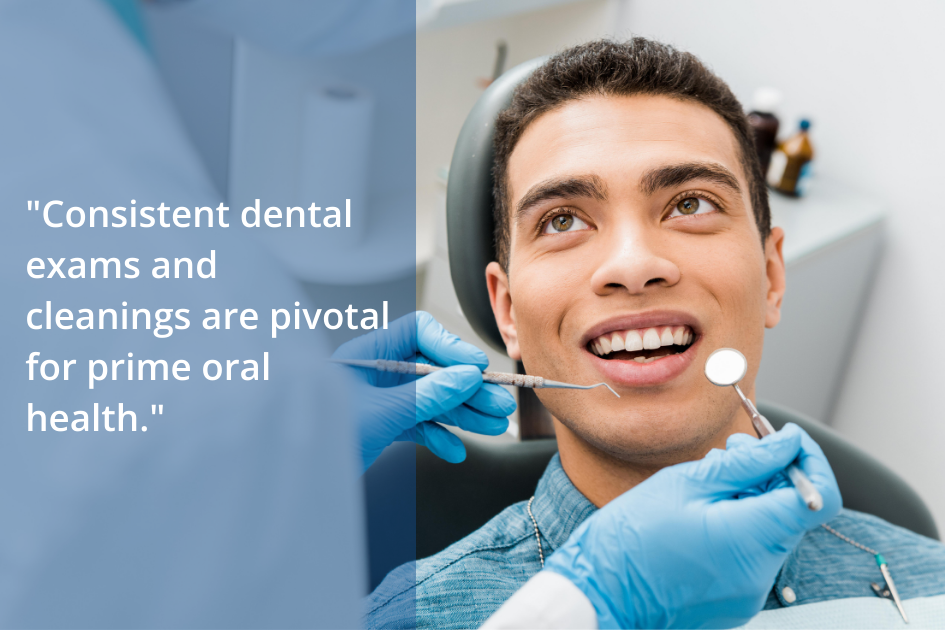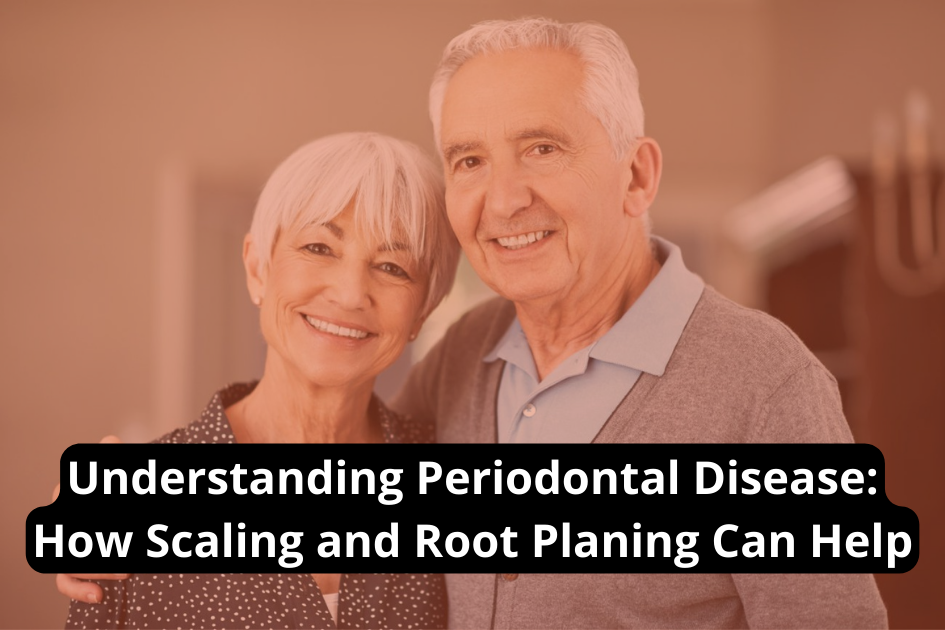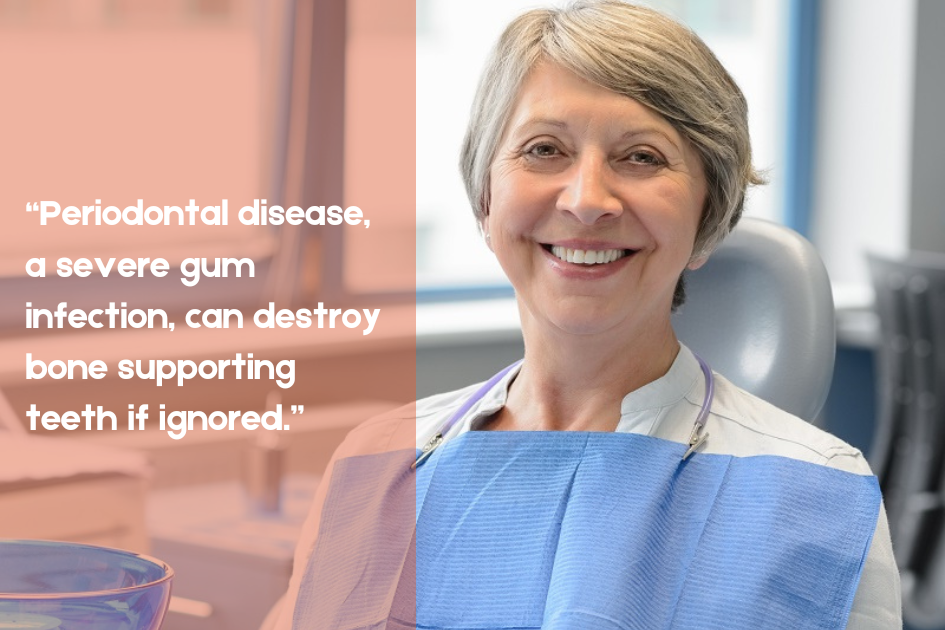According to recent studies, nearly 69% of adults aged 35 to 44 have lost at least one permanent tooth, which makes them potential candidates for dental bridges. We often find ourselves wondering if a dental bridge is the right solution for missing teeth, especially considering the variety of options available. It’s essential for us to understand who stands to benefit most from this treatment. The ideal candidates not only have one or more missing teeth but also possess healthy gums and strong abutment teeth. Let’s explore further why these factors are so important and how they contribute to the success of a dental bridge.
Understanding Dental Bridges
Dental bridges, typically crafted from porcelain, are used to seamlessly fill gaps left by missing teeth, offering a durable solution that can last up to a decade with proper care.
We rely on the teeth on either side of the gap, known as abutment teeth, to anchor these bridges. This method not only helps replace missing teeth but also maintains the alignment of the remaining teeth, essential for overall oral health.
Various types of dental bridges, including traditional, cantilever, and Maryland bridges, cater to different needs.
Maintaining oral hygiene with bridges is important; regular brushing and professional cleanings will protect the natural abutment teeth and guarantee the longevity of the dental bridge.
Ideal Candidates for Bridges
Identifying the right candidates for bridges often involves evaluating patients who’ve lost one or more permanent teeth in a row. Those in good overall health, with strong abutment teeth and healthy gums, are typically ideal for a successful bridge fitting.
It’s essential that candidates maintain good oral hygiene practices to guarantee the longevity of the bridge. Commitment to regular dental check-ups and follow-up care is equally important to monitor and maintain the health of the bridge and surrounding teeth.
We advise patients to be conscientious in their oral care routines and keep consistent appointments with their dentist. This approach helps achieve the desired outcomes and sustains the functional benefits of dental bridges.
Types of Dental Bridges
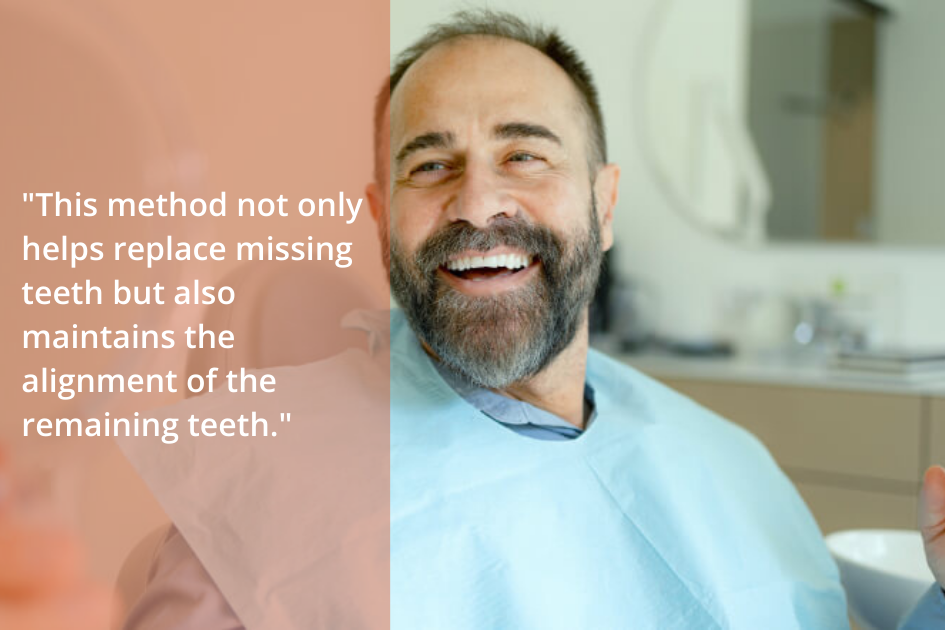
Various types of dental bridges are available, each designed to cater to specific needs and preferences. The traditional fixed bridge involves a pontic tooth held in place by abutment crowns on either side, typically used where teeth are missing.
For cases where support is only available on one side of the gap, Cantilever bridges offer a viable solution. Maryland dental bridges, commonly used for front teeth, feature less invasive attachment methods using metal or porcelain wings bonded to adjacent teeth.
Implant-supported bridges provide enhanced stability by anchoring directly to the jawbone through dental implants. Each type provides different benefits, addressing individual requirements for durability, aesthetic appeal, and anatomical considerations.
Comparing Bridges and Dentures
When comparing bridges and dentures, it’s clear that bridges offer more stability and security, as they’re anchored to adjacent teeth or implants. Dental bridges provide a feeling and function closer to natural teeth, thereby facilitating easier eating and speaking.
Unlike dentures, bridges don’t require removal for cleaning, which simplifies the oral care routine to a great extent. This anchored design not only makes them more stable but also helps maintain the alignment of surrounding teeth by preventing them from shifting.
In contrast, dentures can offer less security as they’re prone to slipping, which might affect speech and dietary choices. Overall, bridges represent a more secure and stable solution for replacing missing teeth, closely mimicking the performance and aesthetics of natural teeth.
Benefits of Choosing Bridges
Building on the stability and security that bridges offer, they also provide noteworthy benefits in daily life, from improved eating habits to enhanced self-confidence.
Choosing bridges as a tooth replacement solution not only restores your ability to bite and chew normally but also enhances speech, aiding in pronunciation and clarity. This improvement is crucial for both personal and professional interactions.
Additionally, dental bridges contribute to improved smile aesthetics, which can notably boost self-confidence. The even distribution of chewing forces preserves the integrity of remaining natural teeth, preventing further oral health issues.
Essential Candidate Qualifications
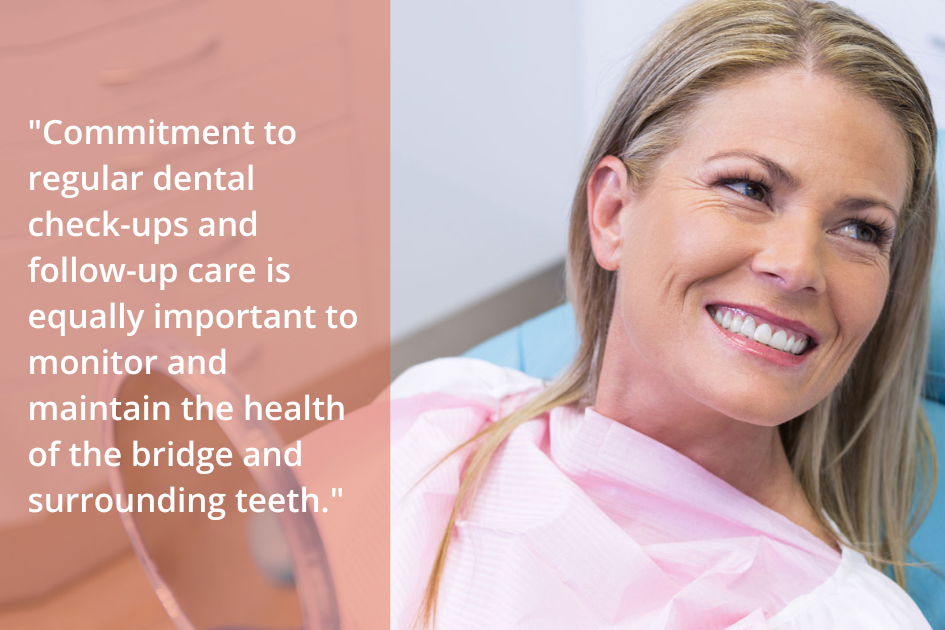
To qualify for dental bridges, patients must have one or more permanent teeth missing and exhibit overall good health. Good oral health, including healthy teeth and gum tissue surrounding the gap, is essential. This guarantees the bridge fitting can proceed without complications, supporting the longevity of the dental bridges.
Patients must also practice diligent oral hygiene to maintain the health of the bridge and adjacent teeth. It’s important that there are no active medical conditions that might undermine the effectiveness or safety of the procedure. We recommend consulting a dentist to thoroughly assess if dental bridges are the best solution, considering these essential qualifications.
This consultation is pivotal to determining suitability based on individual oral health needs and medical history.
Maintaining Dental Bridges
Sustaining dental bridges requires a dedicated oral hygiene routine to guarantee their longevity and functionality. We must avoid hard or sticky foods that could damage the bridge.
Regular dental check-ups are essential for monitoring dental bridge health and ensuring its longevity. Using recommended cleaning tools, such as special floss or brushes designed to clean underneath the bridge, is critical for effective dental bridge maintenance.
Addressing issues promptly if discomfort or problems arise with the bridge prevents further complications. By following these guidelines, we can maintain the functionality and appearance of dental bridges, ensuring they serve their purpose effectively.
Conclusion
To sum up, we understand that choosing dental bridges is an important decision that depends on our committed care and attention.
For those with gaps in their teeth, bridges offer a solid solution, restoring both function and aesthetics.
By maintaining consistent oral hygiene practices and attending regular check-ups, we ensure the longevity and success of our bridges.
Embrace this opportunity with confidence, knowing that a well-maintained bridge leads to a healthier, more vibrant smile.
Don’t hesitate to contact us at Family Dental of Teravista in Georgetown, TX today to explore how dental bridges can benefit you.



